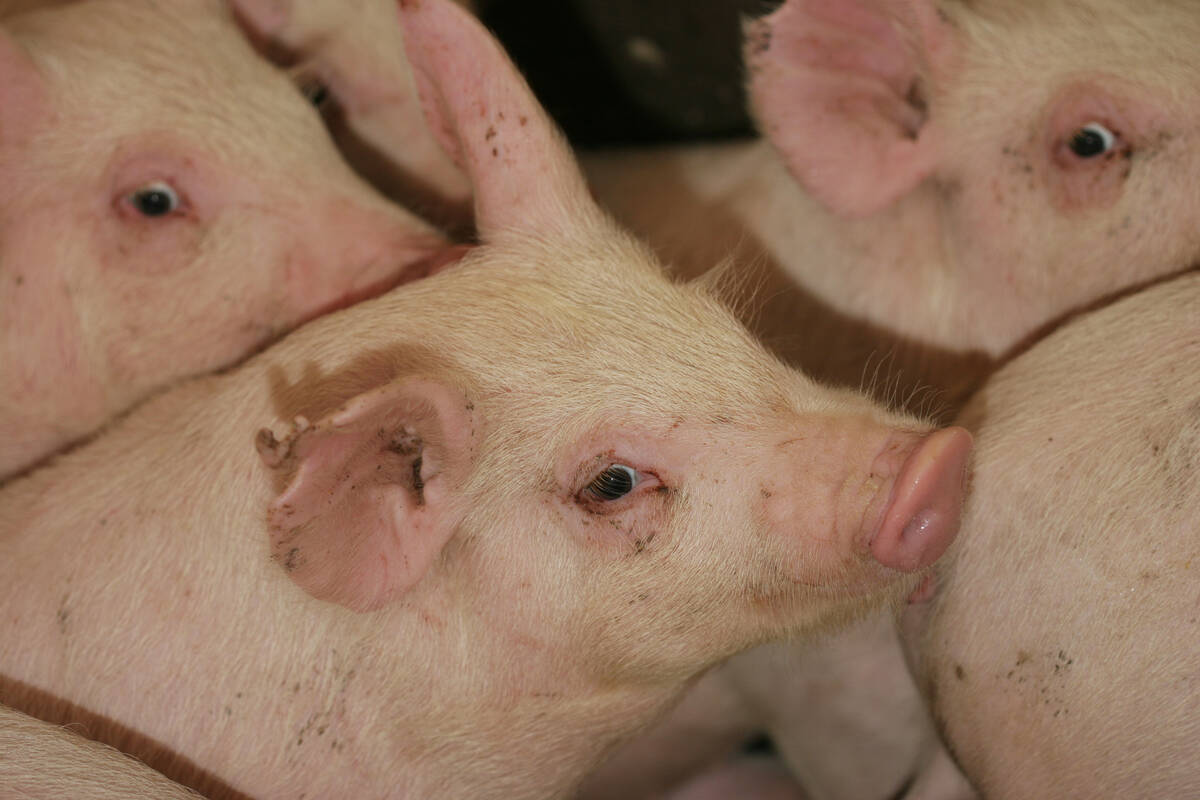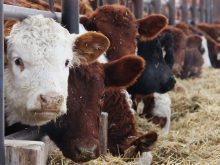BRANDON – When it comes to picking his ladies of the pasture, Duane Thompson prefers the plain Janes to the eye-grabbing hotties.
Sometimes being good looking means being pretty useless in the real world, the farmer from Kelliher, Sask., told producers at Manitoba Ag Days.
“It’s like going to L.A. and picking up Paris Hilton and bringing her back and saying, ‘let’s go build a ranch.’ … I’m not sure which one is higher maintenance,” Thompson said about the fat and sleek cows offered at most agricultural shows.
Read Also

The Western Producer Livestock Report – September 25, 2025
The U.S. national live price average for barrows and gilts was $81.21 Sept. 17. It was $78.37 Sept. 9. U.S. hogs averaged $106.71 on a carcass basis Sept. 17, up from $106.10 Sept. 9.
“When I go to Agribition and I see those replacement heifers with big gobs of fat by their tail head and they’re fat as can be, youch, I’m afraid of that animal. I’m afraid of what she can do and I know what that cow can’t do because she can’t do it (on a forage diet). She’s been raised on a (grain) ration that I finish cattle on.”
Thompson said his low-cost cattle production system relies on year-round field grazing for the cattle, almost no grain supplementation for the cows, spring calving and heavy use of chaff and straw.
He said many producers don’t understand how he can obtain such good results from barley chaff and straw, but much is due to the nature of his animals.
He isn’t trying to use the typical cattle that are produced from typical purebred products but has instead bred up his herd from cows that have thrived on forages and pasture. Cattle bred to gain weight on grain can’t handle an all-forage diet.
“We’ve forgotten that she’s a ruminant in this business,” Thompson said.
“We’ve got to get back to that …. All my cows have been selected to be forage converters. They’re not grain converters.”
Thompson uses alfalfa pasture to fatten his cows in the fall, when they’re still milking and have been rebreeding. He’s used trial and error to avoid bloat problems, but a case occurs occasionally.
However, the gains more than offset the losses.
“I want my cows fattest in November. That’s a very important thing in this system, when I’m pushing cows in the winter. They’re going out with some flesh.”
Thompson’s land is in the parkland region and is a long, eight section rectangle. Having the entire land base together makes moving the herd easy and minimizes handling.
“It’s a fairly important thing within our system.”
Also important are dogs, which do much of the essential work moving the animals.
“Dogs are a real big part of our process.”
Thompson focuses on getting the most out of his land base, while leaving the most he can behind in terms of nutrients.
“Leave it on the field and still take the production off of it,” is his philosophy, he said, which is why he likes alfalfa with its nitrogen-fixing abilities.















